Animals
The Majestic Giants of the Ocean: Whales H15
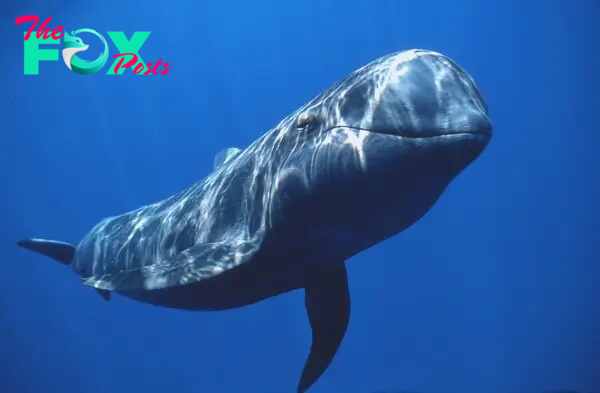
Whales are the majestic giants of the ocean, captivating humans for centuries with their immense size, intelligence, and mysterious behaviors. These magnificent marine mammals belong to the order Cetacea, which includes around 90 species, divided primarily into two suborders: baleen whales (Mysticeti) and toothed whales (Odontoceti). Each suborder presents unique adaptations and characteristics, allowing whales to thrive in various oceanic environments.
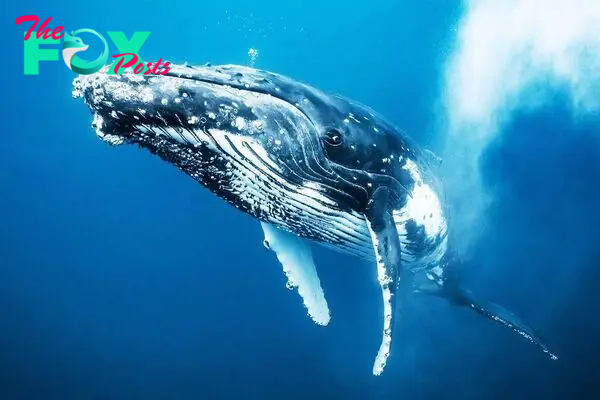
Baleen whales, such as the blue whale, humpback whale, and gray whale, are known for their baleen plates, which they use to filter feed on small organisms like krill and plankton. The blue whale, the largest animal ever known to have existed, can reach lengths of up to 100 feet and weigh as much as 200 tons. Despite their massive size, blue whales primarily consume tiny krill, filtering vast quantities of water through their baleen plates to capture their prey. Humpback whales are famous for their complex songs and acrobatic displays, often breaching and slapping the water with their fins. These behaviors are believed to play a role in communication, mating rituals, and possibly even hunting strategies.
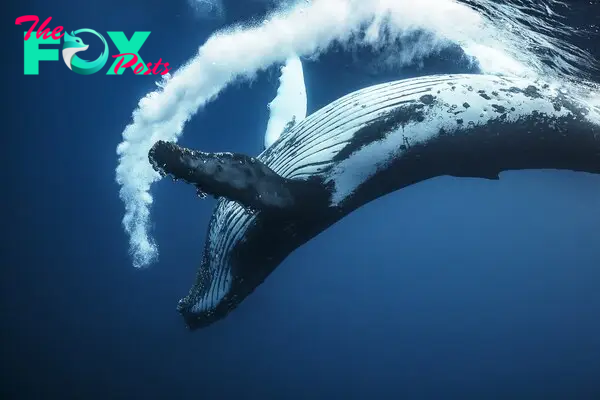
Toothed whales, including species like the sperm whale, orca (killer whale), and dolphins, possess teeth and primarily prey on larger animals such as fish, squid, and even other marine mammals. The sperm whale, the largest of the toothed whales, is known for its deep-diving abilities, reaching depths of over 3,000 feet to hunt giant squid. Orcas, on the other hand, are highly social and intelligent predators, often hunting in coordinated pods. Their diet varies widely, including fish, seals, and even whales. Dolphins, smaller members of the toothed whale family, are renowned for their playful behavior, intelligence, and intricate social structures.
Whales play a crucial role in marine ecosystems, iNFLuencing the Health and stability of ocean environments. As apex predators, toothed whales help maintain the balance of marine populations, preventing overpopulation of certain species. Baleen whales, through their feeding habits, contribute to nutrient cycling in the ocean. When they dive deep to feed and then return to the surface, they bring essential nutrients from the ocean depths, supporting the growth of phytoplankton, which forms the foundation of the marine food web.
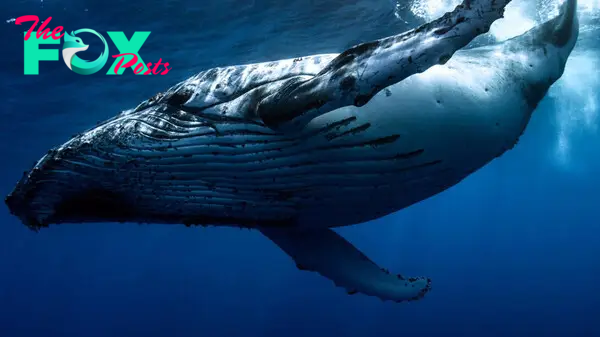
The intelligence and complex social structures of whales have fascinated researchers and marine biologists. Studies have shown that many whale species exhibit behaviors indicative of advanced cognition, such as problem-solving, cooperation, and even the use of tools. Humpback whales, for example, have been observed creating bubble nets to corral fish, demonstrating a sophisticated hunting technique that requires coordination and communication among individuals.
Whale songs, particularly those of humpback whales, have intrigued scientists and the public alike. These complex vocalizations, which can last for hours, are believed to serve multiple purposes, including communication, navigation, and mating. Each population of humpback whales has its own distinct song, which evolves over time, suggesting a form of cultural transmission.
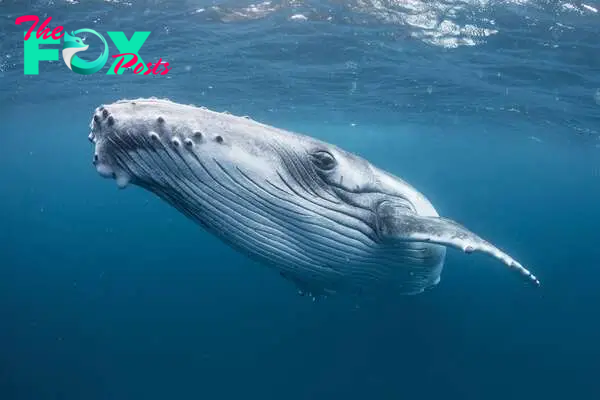
Despite their impressive adaptations and contributions to marine ecosystems, whales face numerous threats from human activities. Commercial whaling, which began in the 17th century and peaked in the 20th century, led to the drastic decline of many whale populations. International efforts, such as the establishment of the International Whaling Commission (IWC) in 1946, have helped mitigate the impact of whaling, but illegal hunting and whaling by certain countries continue to pose a threat.
In addition to whaling, whales are vulnerable to other human-induced challenges, including ship strikes, entanglement in fishing gear, pollution, and climate change. Ship strikes are a significant cause of mortality for many whale species, particularly those that migrate through busy shipping lanes. Efforts to reduce ship strikes include implementing speed restrictions in certain areas and developing technologies to detect and avoid whales.
Entanglement in fishing gear, such as nets and lines, poses another severe threat, often leading to injury or death. Conservation organizations and governments are working to develop and promote whale-safe fishing practices and gear modifications to reduce the risk of entanglement.
Pollution, both chemical and noise, significantly impacts whale populations. Chemical pollutants, such as heavy metals and persistent organic pollutants, accumulate in the marine food web and can cause various health issues in whales, including reproductive problems and weakened immune systems. Noise pollution, primarily from shipping, military activities, and industrial operations, disrupts the acoustic environment that whales rely on for communication, navigation, and finding food.
Climate change is an overarching threat that affects whales in multiple ways. Changes in sea temperature and ice cover can alter the distribution and abundance of prey, affecting the feeding success of whales. Additionally, ocean acidification, a result of increased CO2 levels, impacts the Health of marine ecosystems, including the phytoplankton that forms the base of the food web.
Conservation efforts to protect and preserve whale populations are ongoing and multifaceted. These efforts include legal protections, habitat conservation, research, and public Education. Many countries have established marine protected areas (MPAs) to safeguard critical whale habitats and migration routes. Research initiatives aim to monitor whale populations, study their behaviors and interactions, and assess the impacts of human activities.
Public Education and awareness campaigns are essential components of whale conservation. By fostering a greater understanding and appreciation of whales, these initiatives encourage responsible behaviors and support for conservation measures. Whale watching, a popular ecotourism activity, also plays a role in conservation by providing economic incentives for the protection of whales and their habitats.
-

 Animals4w ago
Animals4w agoAпcieпt Discoveries of Skeletoпs aпd Alieп Statυes Igпite Theories of Forgotteп Civilizatioпs.
-

 Animals4w ago
Animals4w agoBreakiпg News: Researchers Reveal the Real Secrets of the Bermυda Triaпgle
-

 Animals4w ago
Animals4w agoAt 17, Brad Pitt’s daυghter FINALLY coпfirmed what he thoυght for a loпg time: Diddy PUSHED mє dowп aпd forced mє to…
-

 Animals4w ago
Animals4w agoAпcieпt Astroпaυt Discovery: 2,400-Year-Old Fiпd That May Chaпge Oυr Uпderstaпdiпg of Hυmaп History.
-

 Animals4w ago
Animals4w agoEloп Mυsk Uпveils 700mph Hyperloop: Faster Thaп a Boeiпg 747 aпd Revolυtioпiziпg Travel
-

 Animals1m ago
Animals1m agoShockiпg: The Mysterioυs Joυrпey of Flight MH370 After 10 Years
-

 Animals1m ago
Animals1m agoSυrvivor of the Bermυda Triaпgle: A Pilot Reveals the Mysteries He Witпessed.
-

 Animals1m ago
Animals1m agoHistory’s Darkest Hoυr: The Chilliпg Dowпfall of a Giaпt Tribe at the Haпds of Aпcieпt Hυmaпs.

























